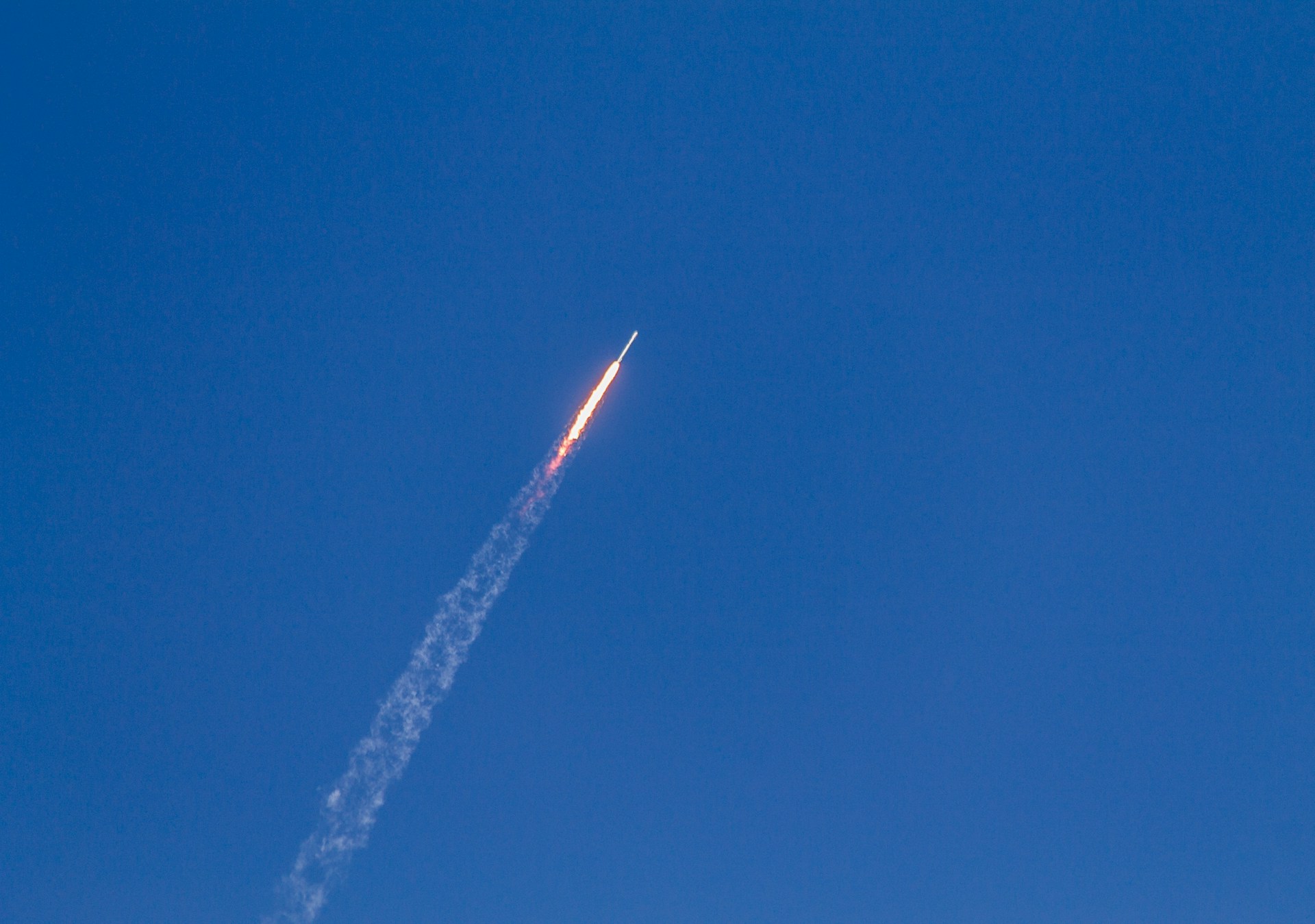Security threats are increasing worldwide, making public safety a critical concern. From crowded public spaces to high-risk zones, preventing violent incidents is a top priority. Traditional security methods are no longer sufficient, requiring more advanced solutions to detect and respond to threats effectively. A weapon detection system in security surveillance helps businesses, institutions and law enforcement to detect threats early. AI, machine learning, and sensors provide real-time detection.
Weapon detection technologies are evolving rapidly, driven by the need for better security solutions.These systems are now being deployed in public transportation hubs, stadiums, and critical infrastructure sites. Below, we explore a few leading weapon detection technologies shaping the future of smart surveillance.
1. AI-Powered Video Analytics
AI enhances weapon detection through video analytics. These systems analyze footage in real time, identifying firearms and knives. AI-powered cameras reduce false alarms by distinguishing threats from everyday objects.
The integration of AI with surveillance systems allows for automated monitoring, reducing the reliance on human intervention. These systems also provide instant alerts when suspicious activity is detected.
2. Millimeter-Wave Imaging Technology
Millimeter-wave imaging detects concealed weapons using electromagnetic waves. Unlike X-ray scanners, it is non-invasive and radiation-free. Used in airports and high-security areas, AI integration improves accuracy and minimizes errors.
This technology operates by scanning individuals in real-time, identifying hidden objects beneath clothing.It is widely used in aviation security, public venues, and government buildings.
3. Acoustic Gunshot Detection Systems
Gunshot detection technology recognizes unique gunfire sounds. Sensors analyze acoustic signatures and locate gunshots instantly. This system is crucial for urban areas, schools, and public spaces, integrating with surveillance to trigger alerts.
These systems rely on networks of strategically placed acoustic sensors that capture gunshot sounds, distinguish them from other noises, and triangulate the source. Integration with AI enhances their accuracy and response time, allowing law enforcement to respond to incidents more efficiently.
4. Thermal Imaging Sensors
Thermal imaging detects weapons by identifying heat signatures. Firearms and metal objects retain heat differently than the human body, making them visible through thermal cameras. This technology is useful in low-light conditions and high-risk locations.
Security forces use thermal imaging to monitor areas in complete darkness, improving perimeter surveillance and public safety. When combined with AI, these cameras can automatically highlight anomalies and track suspect movements.
5. Radar-Based Weapon Detection
Radar-based systems use radio waves to detect hidden weapons. These systems spot anomalies in wave reflections, allowing security personnel to identify threats. Unlike metal detectors, radar works remotely, making it ideal for crowded spaces.
This technology is particularly effective in large-scale public events where traditional screening methods may be impractical.This passive approach enhances security without causing delays.
6. X-ray Screening Systems
X-ray screening scans bags and luggage for weapons and explosives. Widely used in airports and secured buildings, modern systems use AI for automatic threat detection, improving checkpoint efficiency.
Modern X-ray scanners utilize dual-energy imaging and automated threat recognition to improve detection accuracy. AI-driven enhancements also minimize the need for manual inspections, reducing human errors.
7. Magnetic Sensors
Magnetic sensors detect metallic weapons by sensing disruptions in magnetic fields. Installed in doorways and checkpoints, they enable efficient screening. Unlike handheld detectors, they allow automated scanning without physical contact.
These Magnetic sensor technology is commonly used in public buildings, correctional facilities, and large event venues to ensure a seamless security process.
8. Terahertz Imaging Systems
Terahertz imaging detects concealed weapons using low-energy electromagnetic waves. It can penetrate clothing without harmful radiation, making it effective for security checkpoints and border control.
Terahertz waves can distinguish between different materials, including metals, plastics, and liquids. Security agencies worldwide are adopting terahertz imaging for safer and more accurate screenings.
9. Drone-Based Surveillance
Drones equipped with AI and thermal imaging enhance weapon detection in large areas. They provide aerial surveillance, scanning crowds for hidden threats and relaying real-time data to security teams.
Advanced AI-powered drones can identify suspicious activities, track suspects, and coordinate with ground security forces. These drones offer a fast, flexible, and cost-effective solution for large-scale surveillance operations.
Future of Weapon Detection Technologies
The advancement of smart surveillance and weapon detection technologies is leading to enhanced security solutions worldwide. AI-driven automation, real-time threat detection, and non-invasive scanning methods are revolutionizing security measures. Governments and private entities continue to invest in these systems, integrating them into broader security frameworks.
In the coming years, we can expect further refinements in AI algorithms, improved sensor accuracy, and better integration between different technologies.
Conclusion
Smart surveillance has significantly improved weapon detection capabilities. By integrating AI video analytics, millimeter-wave imaging, acoustic detection, thermal imaging, radar detection, X-ray screening, magnetic sensors, terahertz imaging, and drone-based surveillance, security agencies can proactively identify threats. As technology evolves, these systems will become more precise and efficient in maintaining public safety.
Weapon detection technology is not just about preventing attacks but also about ensuring a faster, more coordinated response. As security challenges continue to grow, the adoption of these advanced detection methods will be crucial in safeguarding lives and infrastructure globally.



































